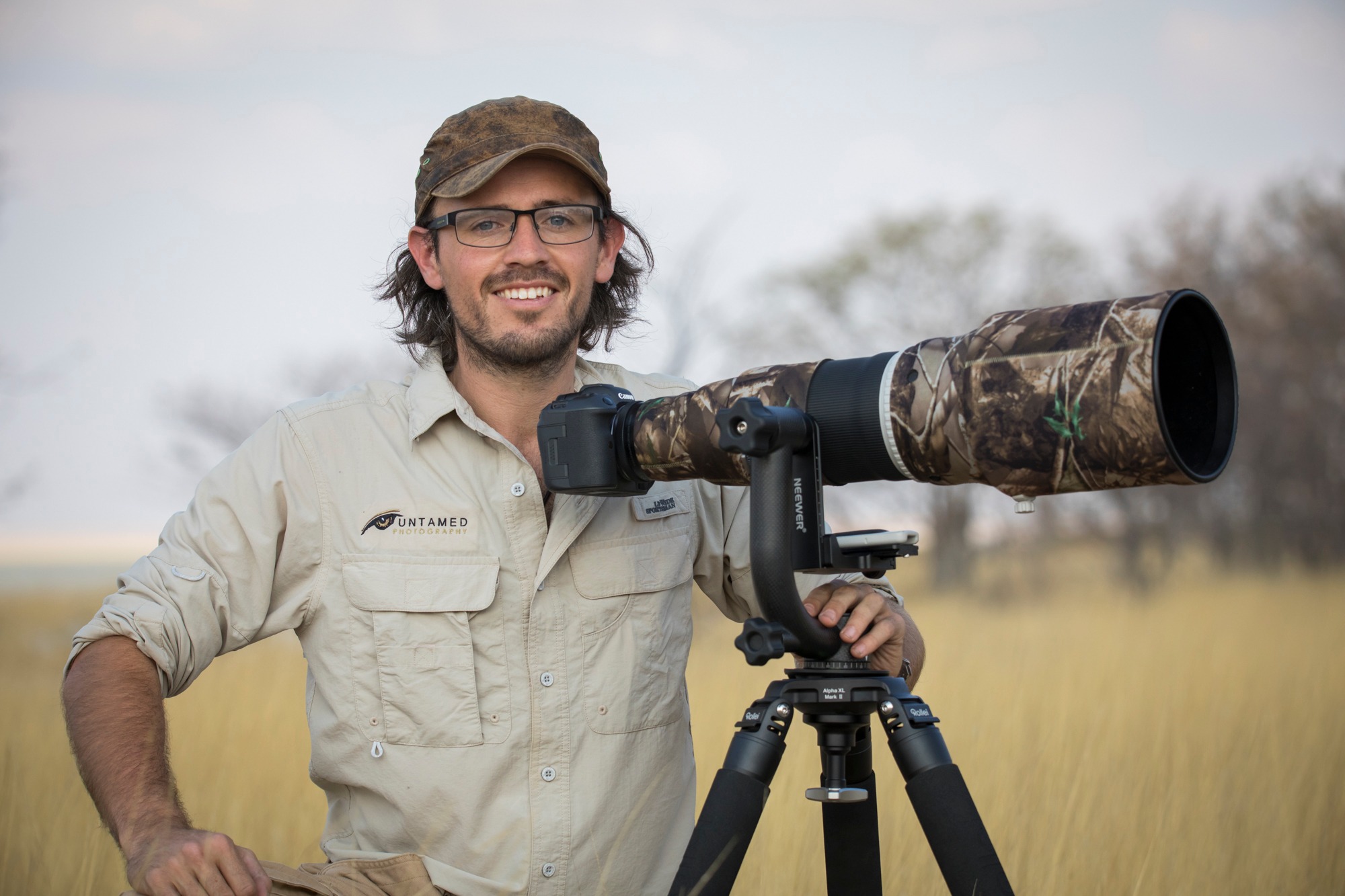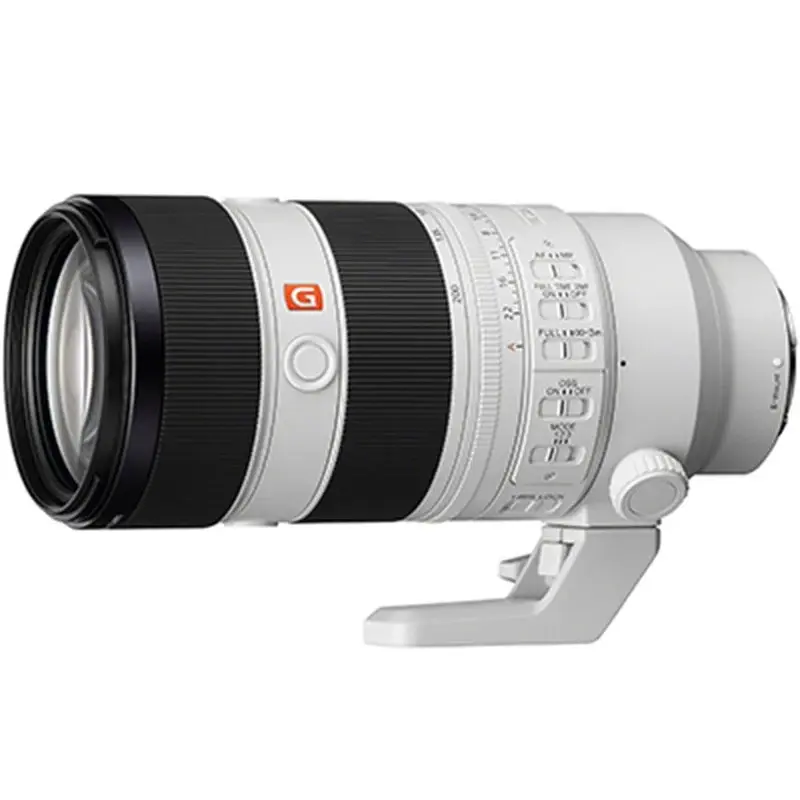Where to Photograph Mountain Gorillas and Why Mgahinga Gorilla National Park is the Best
- Mark A Fernley - Wildlife Photographer

- Jun 15
- 7 min read
Updated: 2 days ago
Where to Photograph Mountain Gorillas
For wildlife and travel photographers seeking the profound privilege of photographing mountain gorillas in their natural habitat, there are only three destinations on Earth where this experience is possible: Rwanda, Uganda, and the Democratic Republic of Congo (DRC). Each offers access to the endangered mountain gorilla population nestled within the Virunga Massif and Bwindi Impenetrable Forest. Yet, for those in search of both intimate photographic encounters and breath-taking, lesser-traveled landscapes, Uganda’s Mgahinga Gorilla National Park stands out as a particularly rewarding choice.
Rwanda’s Volcanoes National Park is renowned for its accessibility and polished infrastructure, making it a favourite for short, luxury-based treks. The DRC’s Virunga National Park, while rugged and striking, appeals more to adventurous travellers with a tolerance for unpredictability. Uganda, however, offers a rich middle ground. It combines logistical ease, diverse terrain, and affordability—especially for photographers looking to invest more time in the field and less in logistics. Within Uganda, most attention gravitates toward Bwindi Impenetrable Forest, but it is Mgahinga Gorilla National Park, its quieter, smaller sibling - that provides an experience both visually stunning and refreshingly exclusive.
Situated in the far southwestern tip of Uganda, Mgahinga lies at the intersection of Uganda, Rwanda, and the DRC, forming part of the Virunga conservation area. The park is a tapestry of volcanic ridges, bamboo forests, and cloud-covered slopes, offering photographers an exceptional backdrop that changes dramatically with light and elevation. Here, the golden morning mist, filtered through giant stands of bamboo and hagenia trees, creates an ethereal atmosphere perfect for dramatic wildlife compositions.
Mgahinga Gorilla National Park is home to a single habituated gorilla family, the Nyakagezi group, well known among researchers and photographers for their dynamic social behaviour and photogenic presence. Unlike larger parks with multiple trekking groups, Mgahinga offers a more personal, focused encounter, often with fewer visitors and greater flexibility for capturing that once-in-a-lifetime frame. The terrain is also more open than Bwindi’s dense undergrowth, allowing for cleaner shots and better manoeuvrability, a crucial advantage for photographers seeking clarity, contrast, and story in their images.
For those who value both the craft of photography and the integrity of wild encounters, Mgahinga is not just a destination, it is a revelation.

So What is the Best Destination to Photograph Mountain Gorillas?
Mgahinga Gorilla National Park is more than just a place to witness mountain gorillas - it's a living canvas for photographers who seek to create powerful, emotive images that capture the raw beauty of the natural world. For professional photographers, the park presents a rare combination of visual drama, optimal lighting conditions, and compositional opportunities that few other gorilla destinations can match.
At the heart of its photographic appeal is the park’s extraordinary landscape. Mgahinga sits within the Virunga volcanic range, where three majestic volcanoes, Mount Muhabura, Mount Gahinga, and Mount Sabyinyo, form a triad of ever-present, brooding backdrops. The high altitude and varied terrain create layers of mist, ridges, and light pockets that evolve hour by hour, giving photographers an ever-changing palette. In the early mornings, the interplay of golden light and fog drifting through the bamboo forests offers a cinematic quality, perfect for wide shots that place the gorillas within their grand environment.
For close encounters, Mgahinga’s bamboo and montane forest ecosystem provides cleaner sightlines than the dense, tangled jungle of Bwindi. The vegetation here is more open, with fewer obstructing branches and better diffused light. This allows for tighter compositions and the kind of eye-level portraits that evoke emotional resonance, intimate images that capture not just the gorilla’s form, but its expression, mood, and presence. For photographers working with long lenses, this environment reduces foreground clutter, allowing for crisp focus and background separation that makes subjects stand out with remarkable clarity.
The Nyakagezi gorilla group, Mgahinga’s sole habituated family, is another key asset. This group is known for its relaxed demeanour and often spends time in more accessible terrain. Their habituation allows photographers the luxury of time and positioning, vital for anticipating interactions, waiting for the perfect lighting, and experimenting with composition. The group’s social structure includes several silverbacks, offering a wider range of visual narratives: dominance displays, gentle grooming, juvenile play, and moments of quiet reflection.
Furthermore, the altitude of Mgahinga - ranging between 2,200 and 4,127 meters—means cooler temperatures and often clearer air. This enhances sharpness and colour fidelity in photographs, especially during early morning treks when the light is soft and shadows are long. The park’s elevation also creates dramatic atmospheric conditions: cloud inversions, shafts of light through mist, and the occasional silhouette of a gorilla framed against a ridgeline - all of which offer rare storytelling potential.
From a logistical standpoint, Mgahinga offers fewer crowds and less competition for vantage points, a notable advantage for photographers who value unhurried moments and unspoiled frames. The smaller scale of the park and its limited permits make each trek feel personal and immersive. For professionals shooting for editorial, conservation, or fine art purposes, this kind of solitude is priceless.
In a world where many wildlife encounters are hurried and overly touristic, Mgahinga delivers something different: the chance to slow down, observe deeply, and photograph with intention. It's a place where every step through the forest feels like a step into the wild's sacred heart - and every click of the shutter carries the weight and wonder of that privilege.

The Best Photographic Equipment to Bring
Photographing mountain gorillas in the wild is a once-in-a-lifetime opportunity—and it demands gear that can handle low light, fast moments, and the intimate proximity of a forest encounter. Mgahinga’s misty bamboo groves and high-altitude jungle aren’t just visually magical—they’re also challenging environments where light levels shift quickly and compositions unfold within seconds. Choosing the right equipment is essential to making the most of this extraordinary setting.
The Hero Lens: 70-200mm f/2.8
If you bring only one lens to photograph gorillas, make it the 70-200mm f/2.8. This lens is considered a workhorse for wildlife portraiture, and in Mgahinga’s terrain, it excels. The 70-200mm focal range allows you to frame tight headshots, expressive gestures, and group interactions without needing to step back or reposition—crucial when you're limited to one hour with the gorillas and need to work within the park’s distance rules.
The wide f/2.8 aperture is a game-changer in the forest’s diffused, often dim light. It lets you shoot with faster shutter speeds to freeze motion, even under the canopy. The shallow depth of field isolates subjects beautifully against the textured forest, drawing the viewer’s eye directly to the emotion and detail in the gorilla’s face. Expect buttery bokeh, crisp sharpness, and excellent subject separation—all hallmarks of compelling wildlife imagery.



Additional Lens Options
If you have space, a wider lens (like a 24-70mm or 16-35mm) can be useful for environmental portraits that place the gorillas within Mgahinga’s stunning landscape. A longer prime or 100-400mm zoom may help if the group settles deeper into vegetation, though the 70-200mm usually offers more flexibility with less bulk.
Best Camera Bodies for Low Light
Given the lighting conditions, your camera’s low-light performance is just as important as your lens. You’ll want a body that handles high ISOs with minimal noise, maintains dynamic range in shadowy forest scenes, and delivers fast, accurate autofocus.
Here are a few standout camera bodies across major systems:
Canon:
Canon EOS R5 Mark II – Superb image quality, excellent low-light AF, and fast shooting speeds.
Canon EOS R6 Mark II – Excellent ISO performance and reliable eye-tracking autofocus.
Nikon:
Nikon Z8 – Incredible dynamic range and high ISO handling, plus top-tier autofocus.
Nikon Z6 II – More compact but still powerful in low light with great ergonomics.
Sony:
Sony A7R V – High resolution and outstanding noise control with excellent tracking.
Sony A7 IV – A versatile all-rounder with strong performance and high ISO quality.
Other Essentials
Don’t forget plenty of memory cards, extra batteries (cold and altitude can drain power fast), and a rain cover for your gear. A lightweight sling or holster-style camera bag can keep your gear accessible without slowing your pace on the trail.
In Mgahinga, moments appear and disappear in an instant. With the right tools—especially that indispensable 70-200mm f/2.8 and a fast, low-light-capable camera body—you’ll be ready to capture every nuance, every glance,, every untamed moment.

Why you Should Join Untamed Photo Safaris?
Photographing mountain gorillas is a rare privilege—an emotionally charged, high-stakes moment where every second counts. In the dense, atmospheric forests of Mgahinga, the difference between a missed shot and a portfolio-worthy image often comes down to preparation, positioning, and photographic instinct. That’s exactly why joining a specialized trip with Untamed Photo Safaris can be a game-changer for your gorilla photography.
Our safaris are led by professional wildlife photographers who don’t just know their gear—they know the gorillas, the terrain, the light, and how to work creatively within the unique environment Mgahinga presents. From the moment you start the trek, you'll have expert guidance on exposure settings for the low, misty light; how to adapt quickly as subjects move through foliage; and when to anticipate behaviours like chest-beating, grooming, or playful juvenile antics.
In Mgahinga, where you'll be trekking to see a single, well-habituated gorilla family, timing and angles are everything. Our photo leaders help you read the behaviour of the group, guide you to the right vantage points, and ensure your equipment is dialled in for sharp, well-composed images, even when conditions are changing by the minute.
What makes Untamed Photo Safaris different is our immersive, learning-focused approach. This isn't just a wildlife tour, it's a hands-on photography workshop in the wild. Whether you're shooting with a Canon R5, a Nikon Z8, or a Sony A7R V, we’re right there with you in the field helping fine-tune your technique and boost your creative confidence. And once the trek ends, we continue the experience with personalized image reviews, storytelling sessions, and expert post-processing guidance.
We also work closely with local guides and trackers to ensure you have the best chance of encountering the gorillas in photogenic settings—with minimal disruption and maximum respect for the animals. That collaboration often leads to more meaningful interactions and better photographic opportunities.
Photographing gorillas is about more than just capturing a rare subject - bit's about telling a story, one frame at a time. With Untamed Photo Safaris, you’re not just seeing the gorillas. You’re seeing them like a photographer: with patience, purpose, and the eye for detail that turns a moment into something unforgettable.
Join us in 2026 and reserve your place with us












